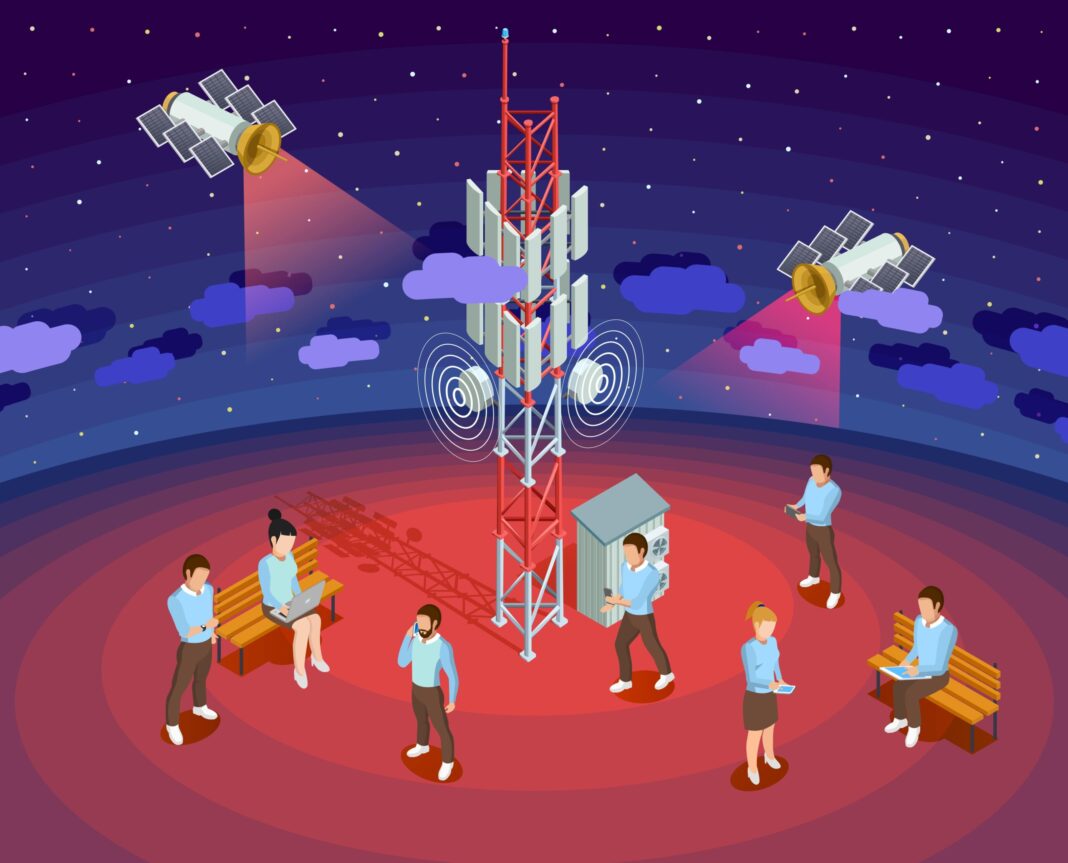The future of telecommunication technology holds tremendous potential for connecting the world in new and innovative ways. As advancements continue to unfold, here are some key trends and areas of development that are shaping the future of telecommunications:
- 5G and Beyond: 5G technology is already making waves with its increased speed, low latency, and ability to support a massive number of connected devices. It enables faster downloads, seamless streaming, and enhances the performance of emerging technologies such as augmented reality (AR), virtual reality (VR), and the Internet of Things (IoT). Beyond 5G, research and development efforts are focused on even faster and more reliable networks, such as 6G, which are expected to deliver unprecedented connectivity speeds and support new applications.
- Internet of Things (IoT): The IoT is a network of interconnected devices and sensors that collect and exchange data. In the future, the IoT will expand further, connecting billions of devices, including household appliances, wearables, vehicles, and infrastructure. Telecommunication technology will play a crucial role in providing the connectivity infrastructure required for seamless communication between these devices, enabling automation, smart homes, smart cities, and efficient resource management.
- Edge Computing: Edge computing brings processing power and data storage closer to the devices and sensors at the edge of the network, reducing latency and improving response times. This technology is essential for real-time applications, such as autonomous vehicles, remote healthcare, and industrial automation. Telecommunication networks will evolve to support edge computing infrastructure, enabling faster data processing and reducing the need for centralized cloud computing.
- Enhanced Connectivity in Remote Areas: Efforts are underway to improve connectivity in remote and underserved areas. Technologies like satellite-based internet services, high-altitude platforms, and balloons are being developed to provide internet access to regions without traditional telecom infrastructure. These innovations aim to bridge the digital divide and connect populations that currently have limited or no access to telecommunications.
- Artificial Intelligence (AI) in Telecom: AI will play a significant role in optimizing telecom networks, improving efficiency, and enhancing customer experiences. AI-powered algorithms can analyze network data in real-time, predict network congestion, optimize bandwidth allocation, and proactively address network issues. AI chatbots and virtual assistants will also enhance customer support and automate routine tasks.
- Enhanced Security and Privacy: With increased connectivity and the exchange of sensitive data, ensuring robust security and privacy measures will be crucial. Telecommunication technologies will focus on developing advanced encryption methods, authentication protocols, and intrusion detection systems to protect networks, devices, and user data.
- Quantum Communication: Quantum communication aims to leverage the principles of quantum physics to develop secure and unhackable communication systems. Quantum key distribution (QKD) and quantum teleportation are some of the technologies being explored to enhance security in telecommunications. While still in the early stages of development, quantum communication has the potential to revolutionize secure data transmission.
- Virtual and Augmented Reality: Telecommunication networks will play a pivotal role in supporting virtual and augmented reality applications. With high-speed and low-latency connections, users will be able to immerse themselves in virtual environments, collaborate remotely, and access enhanced information overlays in real-time.
- Blockchain in Telecommunications: Blockchain technology holds promise in telecom for decentralized and secure transactions, identity management, and the transparent sharing of network resources. Blockchain can enable secure peer-to-peer communication, reduce fraud, and enhance trust in telecom services.
- Green Telecommunications: As sustainability becomes a global priority, telecommunication technologies will focus on reducing energy consumption and carbon footprint. Efforts will be made to develop energy-efficient networks, optimize infrastructure, and promote eco-friendly practices throughout the telecom industry.
These trends indicate an exciting future for telecommunication technology, where the world becomes increasingly connected, efficient, and secure. With advancements in 5G, IoT, AI, and other emerging technologies, telecommunications will continue to evolve and shape the way we communicate, collaborate, and access information in the years to come.








